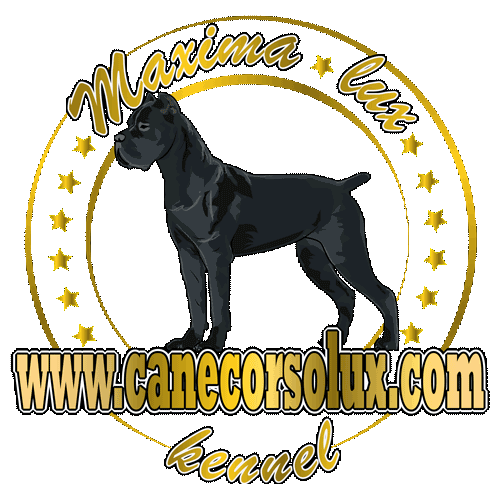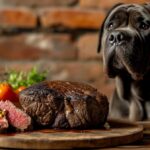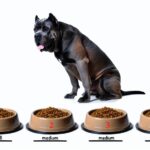The American Pet Products Association found that in 2016, U.S. pet owners spent $62.75 billion on their furry friends. $23.05 billion was spent on food alone. And how much of that is gone on Kibble? I think most of it.
Why???
Raw food usually creates more problems than it solves. Not people without a background in science, medicine, or nutrition formulate dog food. Raw food contains bacteria and is not natural. Many of you is thinking this way.
This article is a guide on how to do it another way. Directions about cane corso raw feeding.
Let’s see how Kibble is producing. Most pet food is cooked with the extrusion method. This extrusion produces kibble, and depending on the food, it contains 25 to 45 percent starch, which undergoes dextrinization upon heating and water reduction. Dextrinized starch makes kibbles hard and crunchy.
The exact process occurs in a bakery to get fine and crisp products. Starch is digestible but very low in nutritional value. Also, he has a very bad influence on the endocrine system, seriously raising insulin levels. Starch supports harmful digestive bacteria. Some of the signs are dermatitis and resistant gases.
The biggest marketing trick is grain-free kibble food; the product doesn’t have grain in its content and must have starch because of its shape and the way of production. And the gains are not as big a problem as starch is.
We know high cooking temperatures destroy bacteria, but how does cooking affect ingredients? Cooking is reducing the quality of food. It reduces the amount of vitamins and minerals. Also, cooking causes the loss of natural enzymes and numerous beneficial bacteria in raw food.
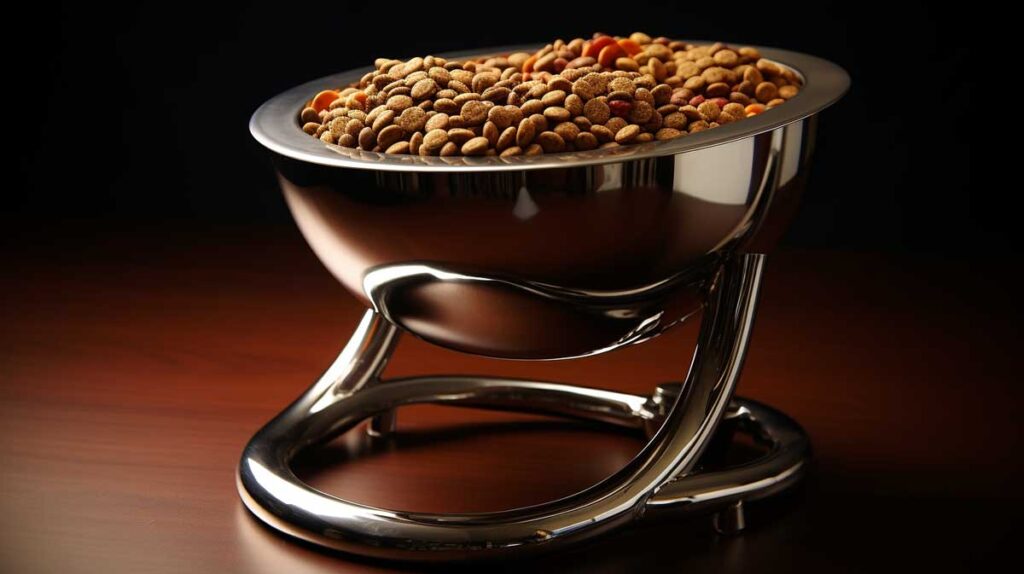
#1 Bones ( Calcium )
Cane Corso needs minerals; the most important are calcium and phosphorus, especially in the growing phase. Balanced meals should have between 12 and 15% bones. The sound sources are chicken wings, legs, necks, beef tail bones, lamb necks,, and ribs. Fish, rabbits, and poultry are just a few examples of the small animals you can feed your Italian mastiff. Whole, raw eggs are an excellent source of Calcium and Phosphorus.
#2 Organs ( Vitamins )
Organs are the best source of vitamins. They should be included in the menu from 10% to 30% daily. If you give your corso only liver, don’t go up to 10%. If you can mix all other organs, then feed them as a third of your cane corso diet. The best choice would be the kidney, spleen, brain, lung, testicles, and liver.
# 3 Muscles
Lean meat should be from 30% if you use plenty of organs to 50% of the complete cane corso menu if you use less. The best sources are beef, bison, turkey, lamb, pork, and chicken.
# 4 Fat
Fat contains twice as many calories as protein, so you must be careful with the amount. The recommended fat per meal for your corso is 10% to 20 %. Cane Corso needs fat for his nerves and immune system, which is critical for skin health.
#5: Fruits and vegetables
Fruits and vegetables are not necessary, but it’s desirable because of: ,m
Fibers,
Chlorophyll detoxifies the liver and digestive system.
Carotenoids – essential antioxidants found in yellow, orange, and red-colored fruits and vegetables.
Lycopene, another antioxidant found in red vegetables,
Lutein – another antioxidant known to protect the eyes, skin, and heart.
Flavonoids have antioxidant, anti-inflammatory, and anti-cancer properties.
#6 Starch-free
Starchy foods cause your Italian mastiff dog to produce a hormone called insulin. The sudden drops of insulin in the blood make the dog constantly hungry, and can lead to diabetes. Starch has no nutritional value for your Italian corso dog but only adds calories and destroys healthy digestive tract bacteria.
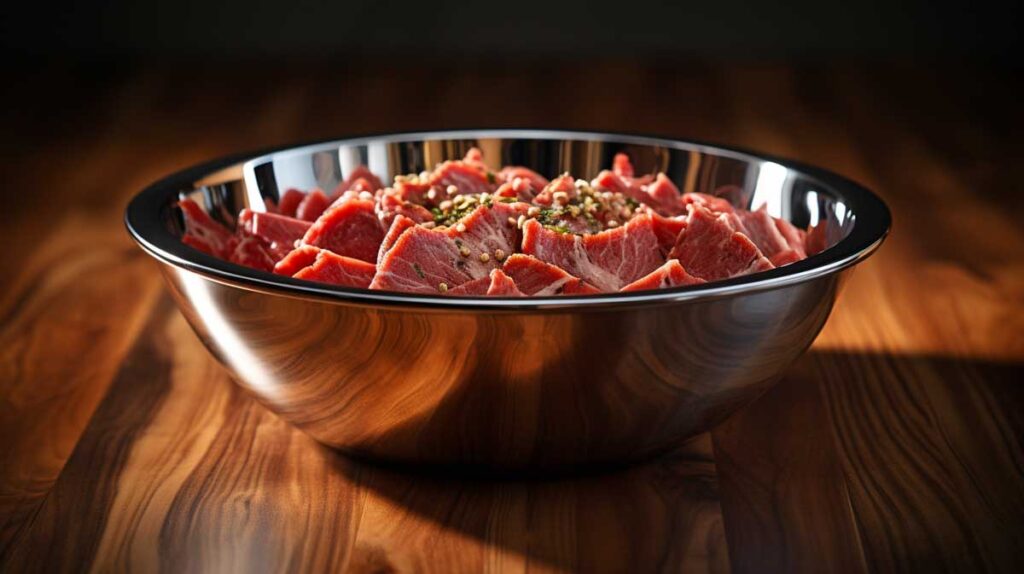
#7 Variety
Just like humans, dogs need a variety of wholesome foods to provide them with a wide range of nutrients.
It is good, and for large breeds like cane corso, it is crucial to add ingredients rich in chondroitin and glucosamine in the form of chicken or turkey feet, beef, and pork trachea.
Dog nutrition should not be strict and should be combined for an extended period. If you cannot provide bones for today’s meal, give them the next day or during the week. Sources of protein, like muscles, are the foundation; besides them, it would be good to include organs daily.
#8 Fish
Giving the fish 1-2 times a week, which should be about 5% of the total diet, would be good.
How much to feed your cane corso?
Some people feed two times a day, some once, and some even skip feeding one day per week. They do this to restore good bacteria found in the dog’s intestines and affect the dog’s immunity. On that day, they only gave them a bone and some fruit. This can be applied to adult cane corso dogs.
You should feed your corso about 2-3% of their ideal weight as adults. If the dog is more active, feed him more.
Cane Corso puppies need more calories and should be fed 2-3% of their adult weight. In the age of 4-6 months, the amount of calcium in the form of additional bones should be increased.
Please feel free to forward this information to anyone who may require it.
Thank you for your attention.
